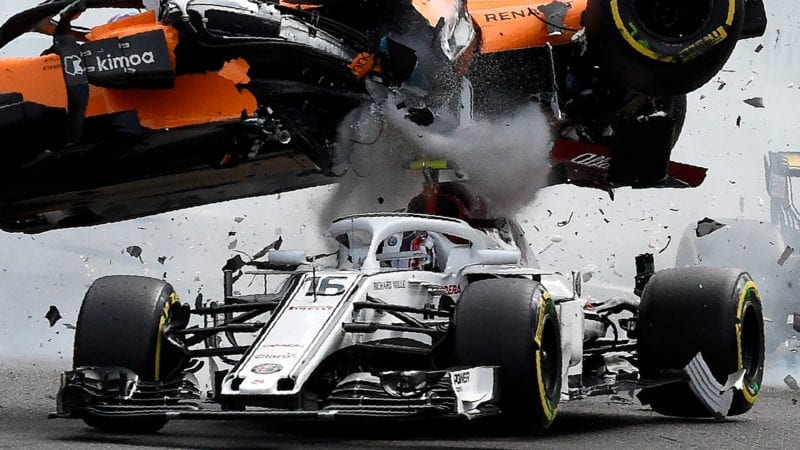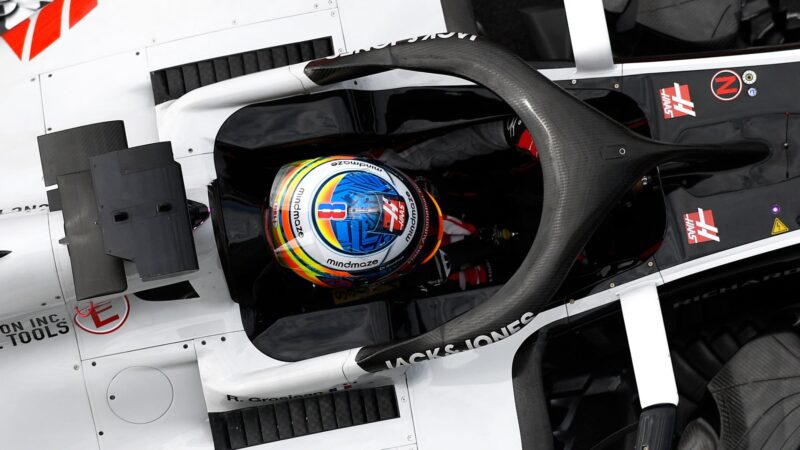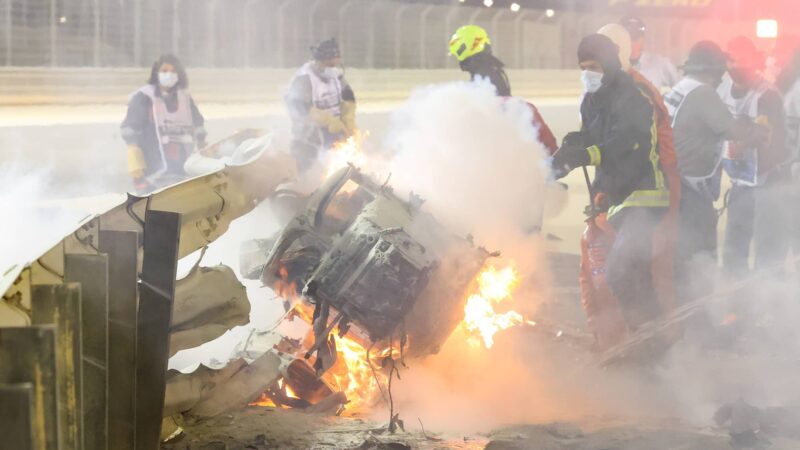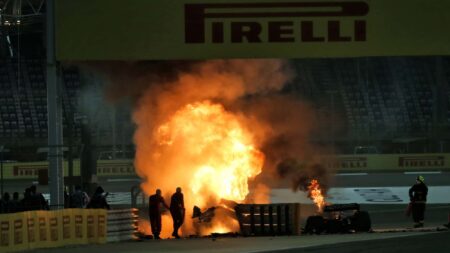“What’s also as important is the connection between the halo and the rest of the car,” he commented, “So in terms of surviving, if you look at that [post-crash] picture where the car is at an angle, although it looks horrific, the crucial thing is that the whole part where the driver is, from the roll-hoop to the front bulkhead, is still intact. It was very important in testing that the connection car and the vehicle were robust.”
The Impact Centre manager also highlighted how the crumple zones designed to absorb impact also did their job: “The nose cone at the front bulkhead has been crushed, but that’s a good thing.”
Similar to other in figures motor sport safety research, Watson emphasised the difficulty of testing for these kind of accidents, due to the fact that they are by definition unpredictable.
“Every single accident is unique and any designer of regulations are hoping to reduce the risk of injury in all accidents,” he said. “Ideally you’d be able to test everything, every single angle of impact, but you can’t do that.
“You can’t predict every single crash that’s going to happen. So you have to pick an angle which ensure that you cover as many different accidents.”
Watson is in no doubt of the halo’s crucial role in saving Grosjean.
“It was very important. If the same incident happened a few years ago, it would have been a different result,” he said.

Halo kept Leclerc protected at the 2018 Belgian GP
John Thys/AFP via Getty Images
He also rejects the idea that this accident has provided confirmation that the halo is essential, as other accidents have already shown this. Charles Leclerc avoided being hit in the head by Fernando Alonso’s flying McLaren at the 2018 Belgian Grand Prix. He walked away unhurt, the halo scarred with rubber from Alonso’s right front wheel.
“I think it’s been vindicated before,” said Watson. “It’s not just Grosjean’s accident….”
Watson, Cranfield and the FIA are already looking ahead to a new, even stronger ‘halo 4’ to be introduced in 2022, but details have not yet been released.
Watson did reveal improvements to be made to the front-end of the new generation F1 cars. “In 2022 certainly there’s an increase in energy required for nose cones to absorb a tremendous amount more energy. At the moment, it’s at 90 kilojoules, but [for 2022] it’s expected to go up to about 130 kilojoules. So there was an expected increase anyway, which was planned before the [Grosjean] accident happened.”



